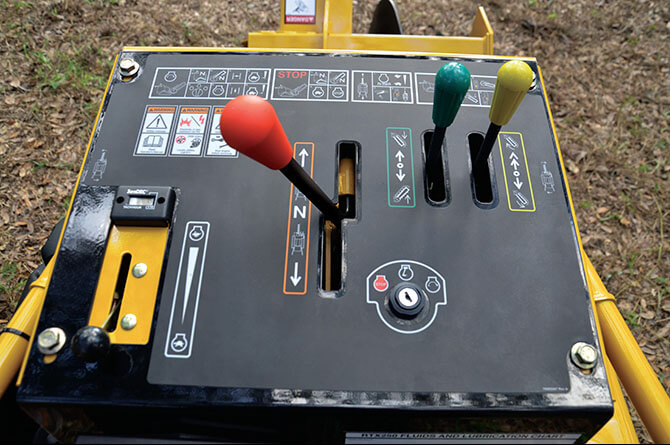


Microchips are particularly sensitive to high temperatures. The heart of the DEF sensor system is a silicon microchip. How does that lead to a DEF sensor failure? In the “fail” mode they are stuck open, allowing hot water through the system regardless of ambient temperature. Sad to say, these valves are prone to failure. To avoid that issue, these DEF systems are fitted with a valve that allows hot water to be pumped through the system to keep the DEF from freezing. If the DEF freezes it may degrade, and potentially we could imagine expansion of liquid in a reservoir might cause physical damage. What’s the problem? It seems that many chassis builders were concerned that since DEF is largely water, when ambient temperatures go down, the danger of the DEF freezing rises. But all had one thing in common: None of them could get the needed repair parts, and most got only vague answers as to when they might get them. Not all were stranded – some had made it safely to their home base. In a flash, other Nexus owners responded that they, too, had been sidelined with DEF sensor problems. Not satisfied to sit on his hands, this RVer posted his experience on an internet forum. “Sorry, but we don’t have that part available, and we’re not sure when we can get it.” The family had to make their own way home, and the motorhome languished on International’s back lot. They ended up parked in an International dealer’s parking lot. He and his family were headed out on vacation in their motorhome, and a few hundred miles from home got the dreaded DEF sensor failure light on their dashboard. A Nexus Ghost owner, who asked to not have his name used, approached us. We attempted contacting Spartan for comment, but the company never bothered to respond.īut there’s more here than just a monitoring assembly. Our initial contact with Cummins representatives regarding what many call “DEF heads,” or the DEF monitoring assembly, yielded this response: “This is not a Cummins part and my understanding is that it is procured by the chassis manufacturer, so you should probably ask them about this particular part.” True enough, chassis manufacturers like Spartan and Freightliner have their own sources of DEF monitoring assemblies, so to a degree Cummins is not to blame. Get that DEF system fixed, or find yourself “de-rated,” maybe stuck in a repair facility. When that happens, the dreaded sequence of events begins. Monitoring systems are reporting a variety of “faults” with the DEF equipment. The pollution control devices that monitor the condition, use, and presence of DEF in systems, often equipped with Cummins engines, have been acting up. In the last few months, however, scores of motorhomes, delivery trucks, and other DEF-using engines have been having issues.
#5 mph max speed service def system see dealer drivers
Seems like everyone should be happy: Motorhome drivers have engine power, and there’s less harmful pollution released in the atmosphere. When DEF comes into contact with the nitrogen oxides, it converts them into harmless water and nitrogen. After your engine has roared out plenty of horsepower, the nitrogen oxides and particulates are blasted down the exhaust pipe, and sprayed with DEF. The beauty of a DEF pollution control system is that engine manufacturers can build a big, powerful engine and not have it stifled by air pollution control equipment, as the DEF system is an “after treatment” system. The smog treatment system of choice utilizes DEF, which is a fluid that’s largely water with added urea. In 2010 the Environmental Protection Agency (EPA) mandated reductions of both these exhaust products in medium- and heavy-duty vehicles, which included plenty of diesel-fired motorhomes. These emissions include nitrogen oxides and particle emissions which are linked to lung and heart problems, some of them chronic. Diesel engines have a nasty habit of producing unhealthy byproducts in their exhaust stream. You can share your thoughts with Cummins managementĪ little history is in order.Cummins’ “solution” for emergency vehicles.


 0 kommentar(er)
0 kommentar(er)
